The Sharing Economy in the Framework of Sustainable Development Goals: Case of European Union Countries
Abstract
:1. Introduction
2. Literature Review
2.1. Definition of the Sharing Economy
2.2. The Sharing Economy in the Context of Sustainable Development and SDGs
- Economic dimension: SDGs 8, 9, 10, and 12;
- Social dimension: SDGs 1, 2, 3, 4, 5, 7, 11, and 16; and
- Environmental dimension: SDGs 6, 13, 14, and 15.
3. Data and Research Methodology
4. Results
5. Discussion
6. Conclusions
Author Contributions
Funding
Institutional Review Board Statement
Informed Consent Statement
Data Availability Statement
Acknowledgments
Conflicts of Interest
Appendix A

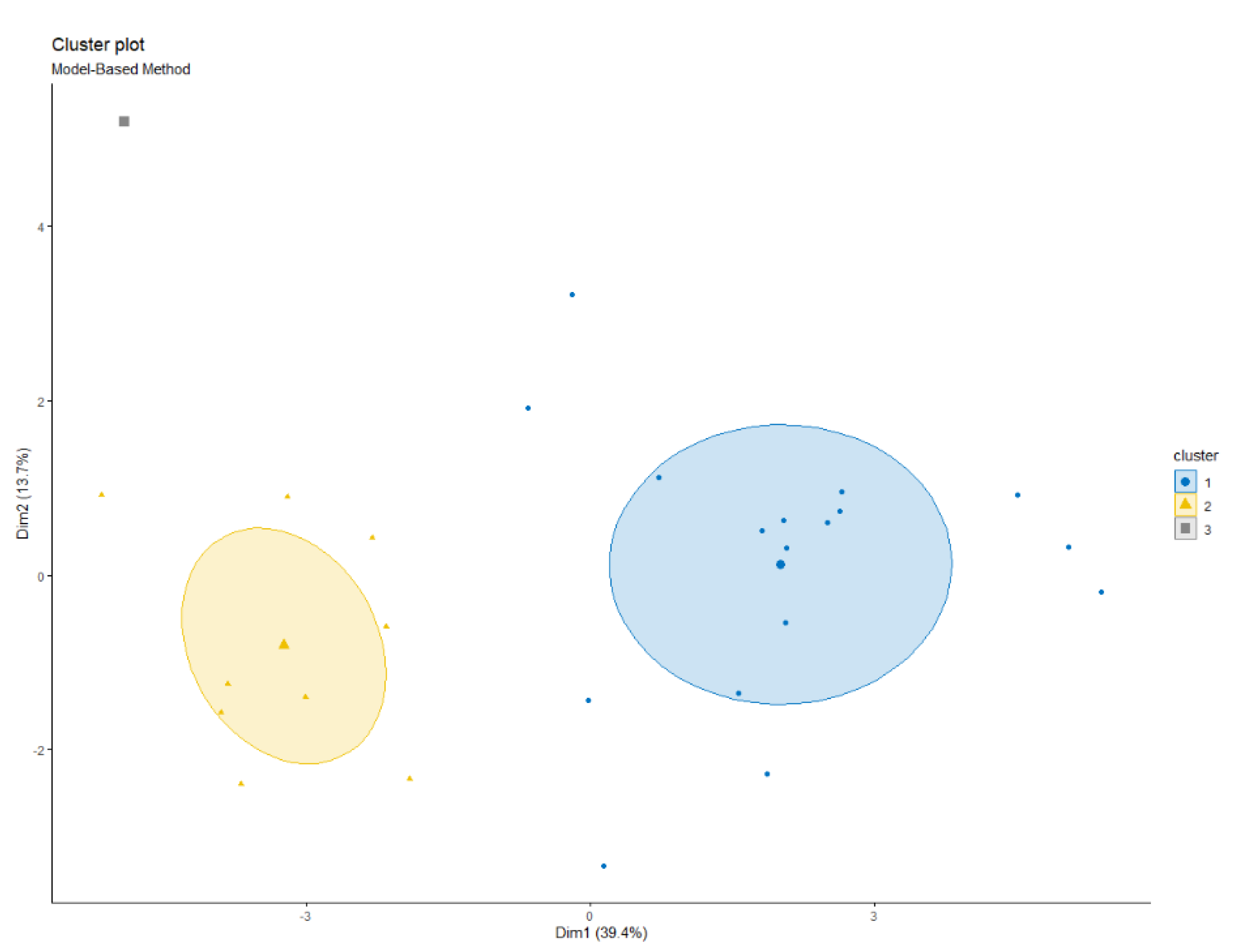
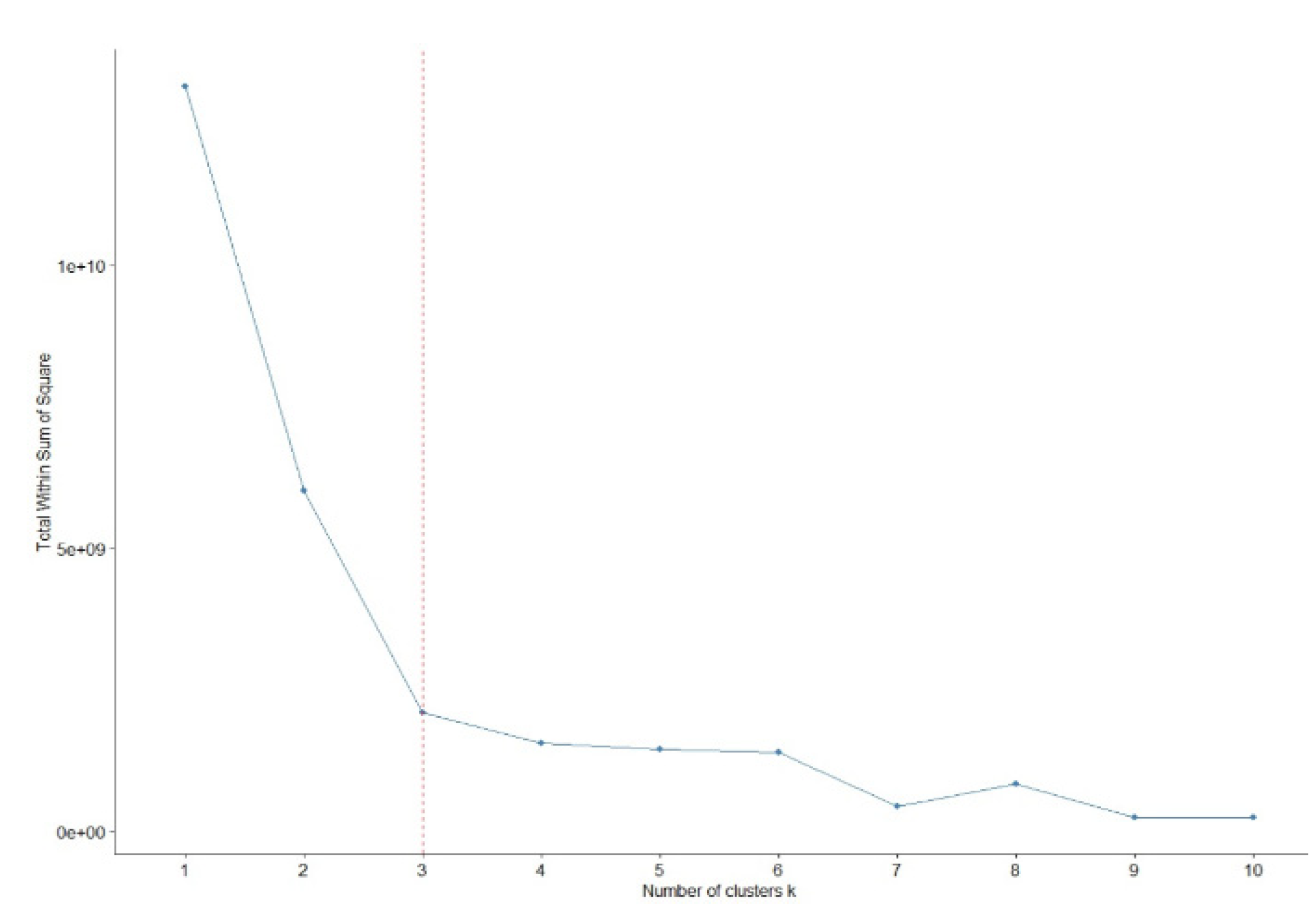

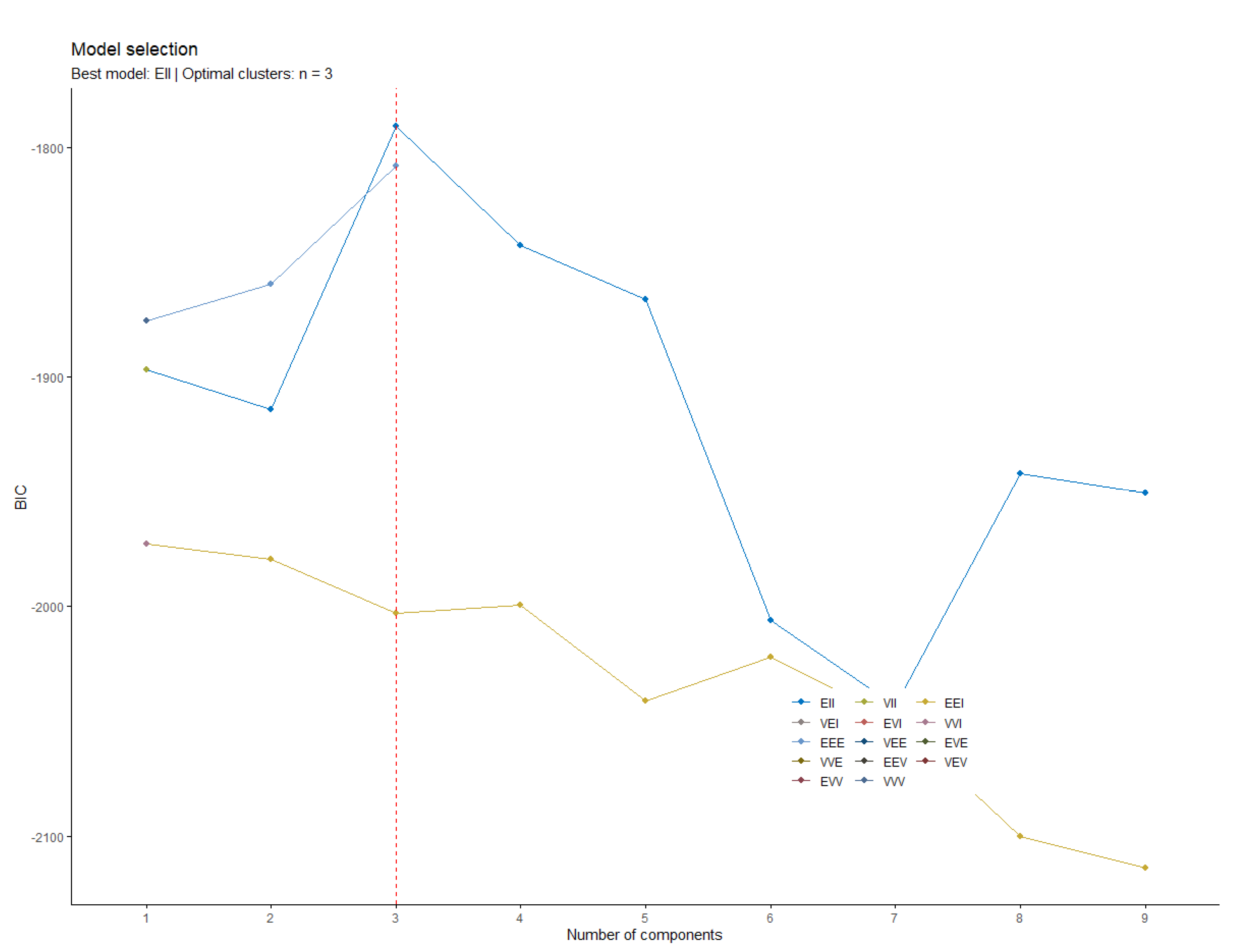
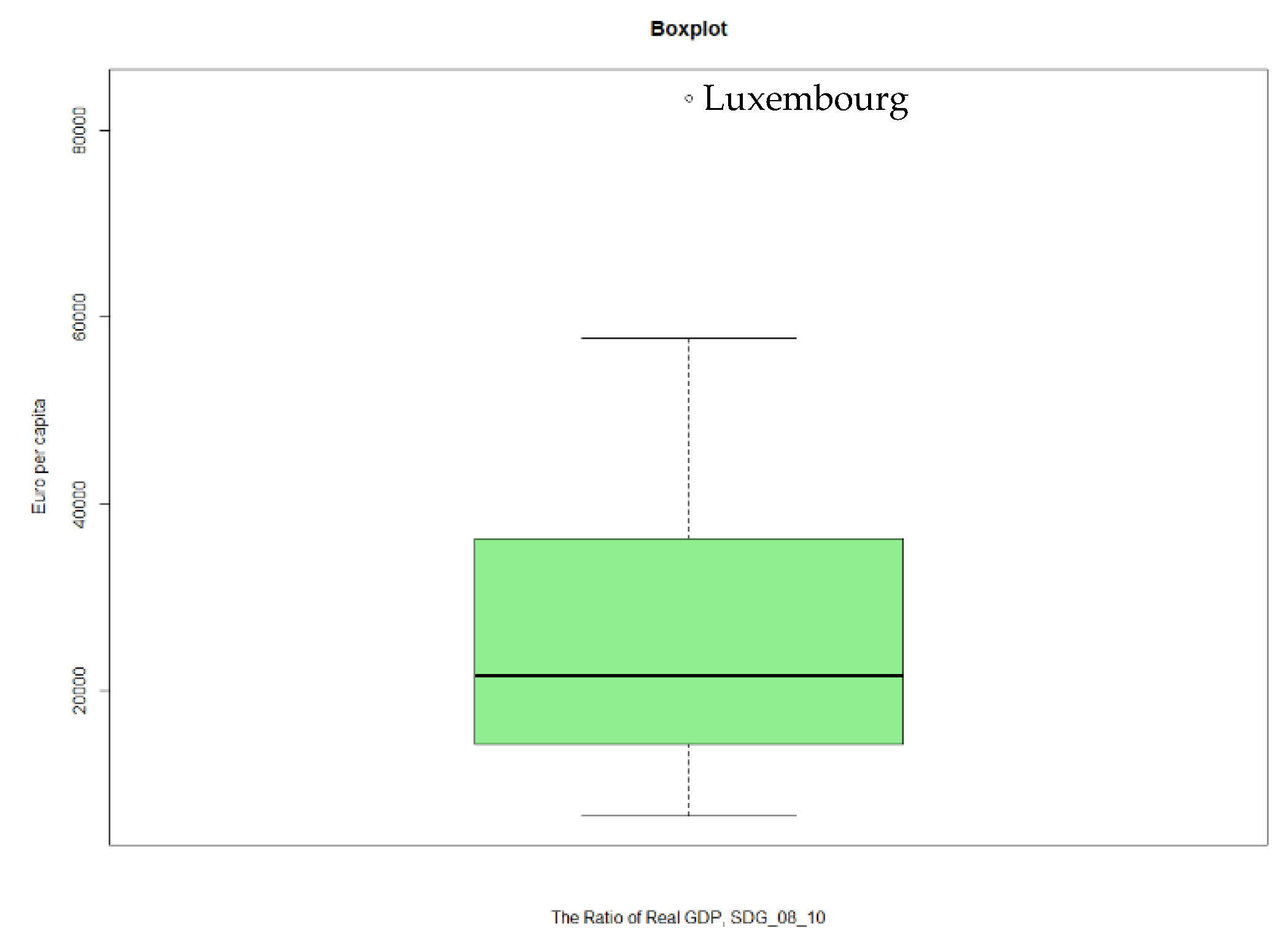
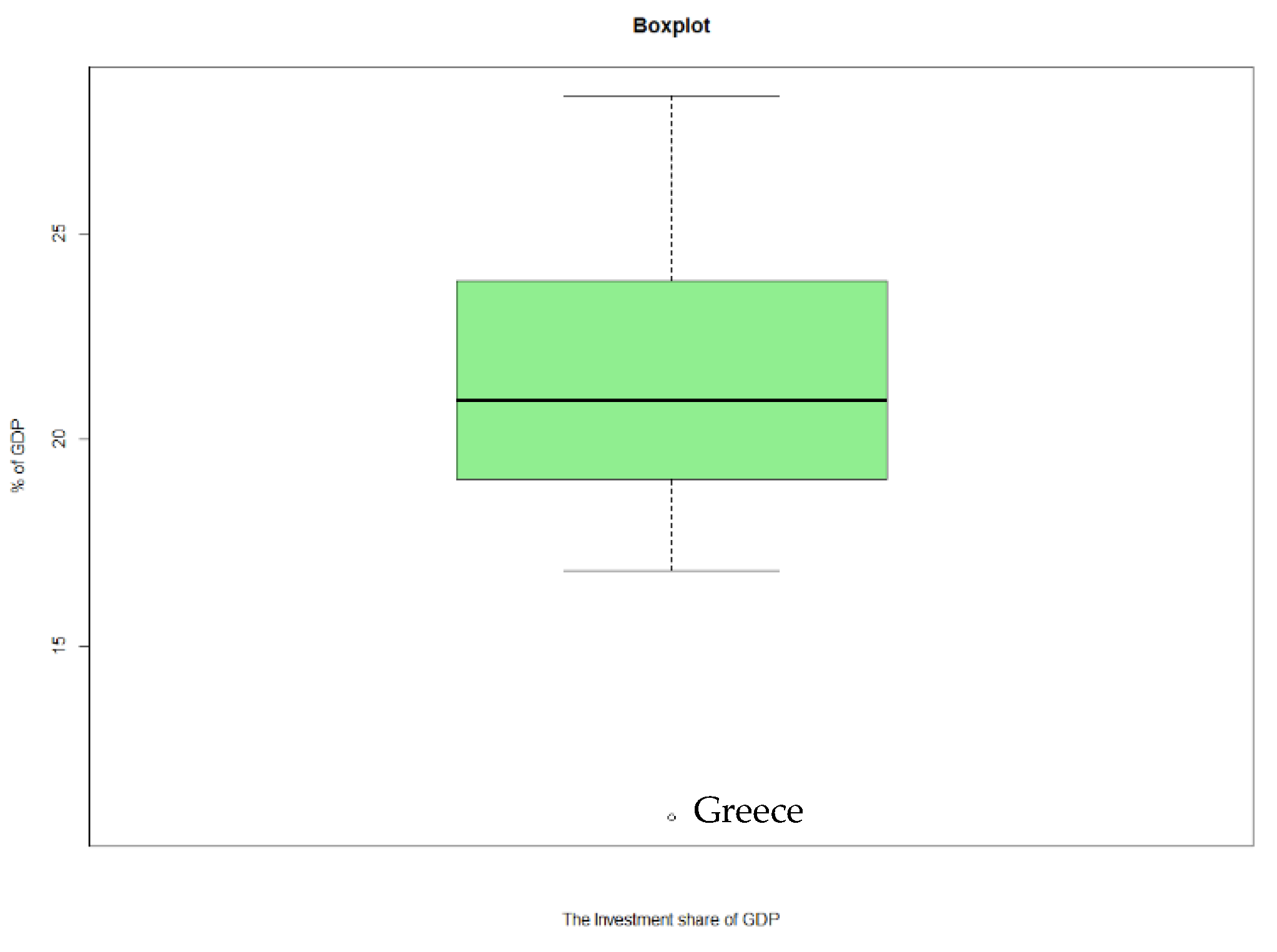
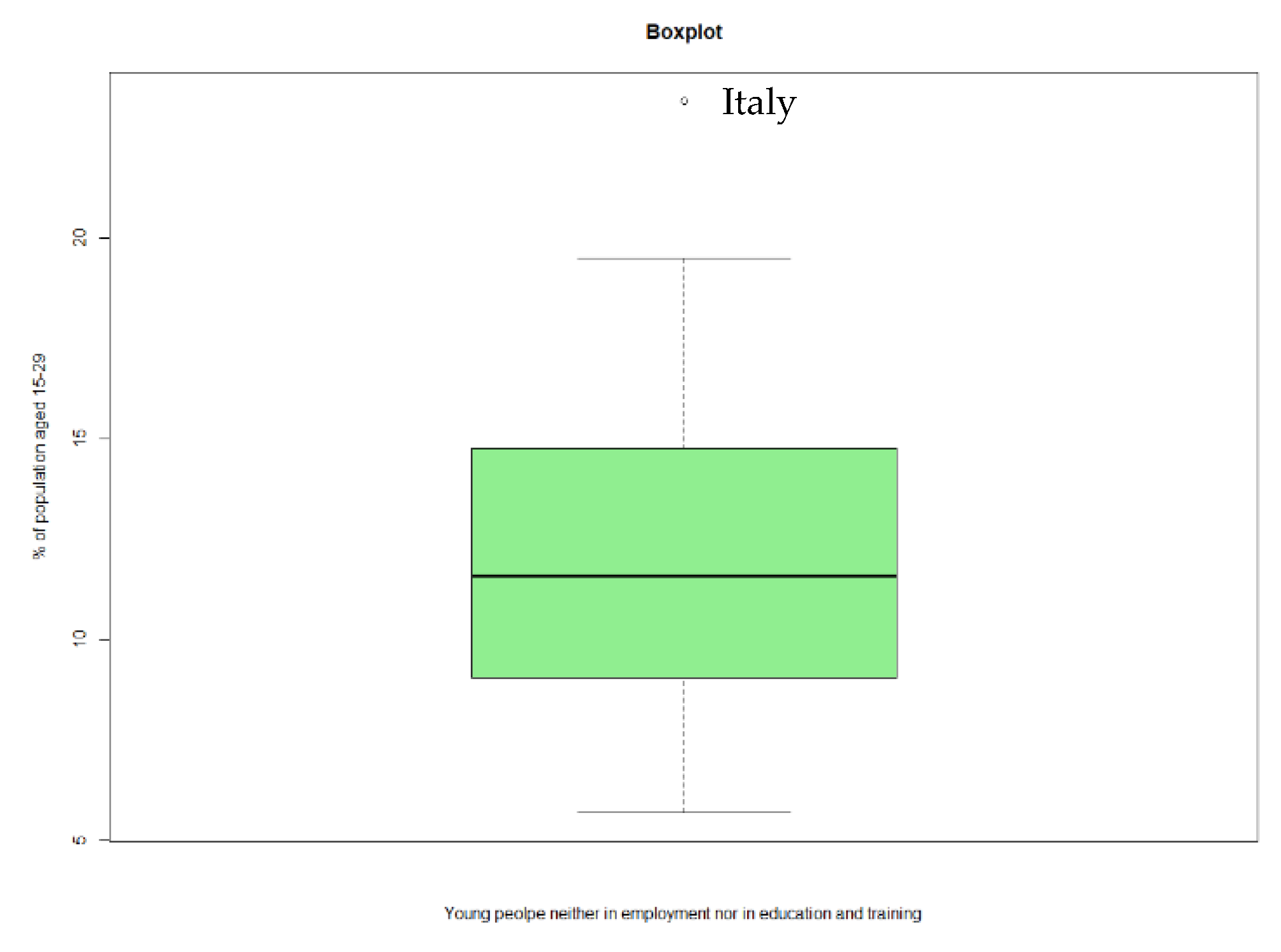
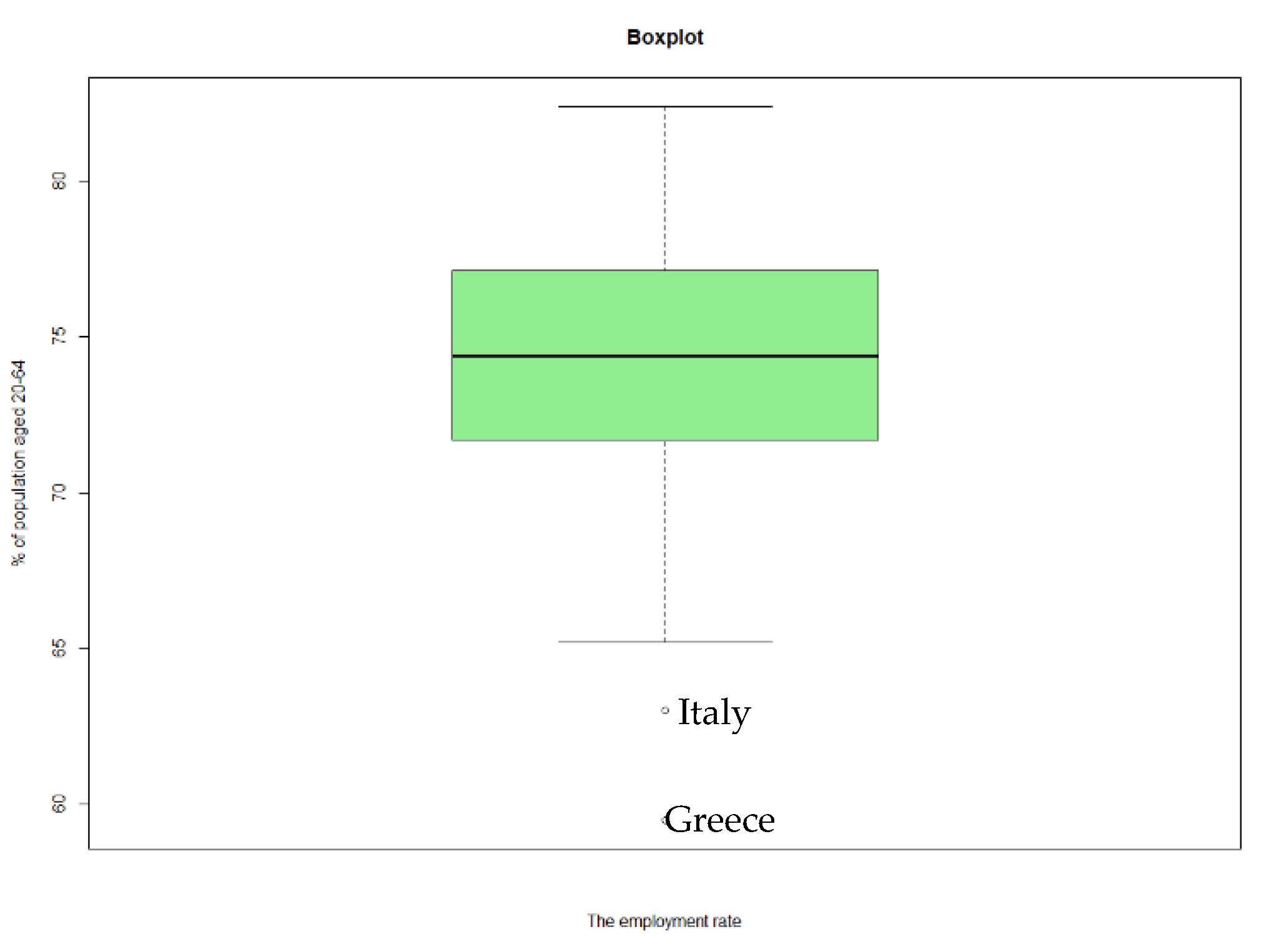
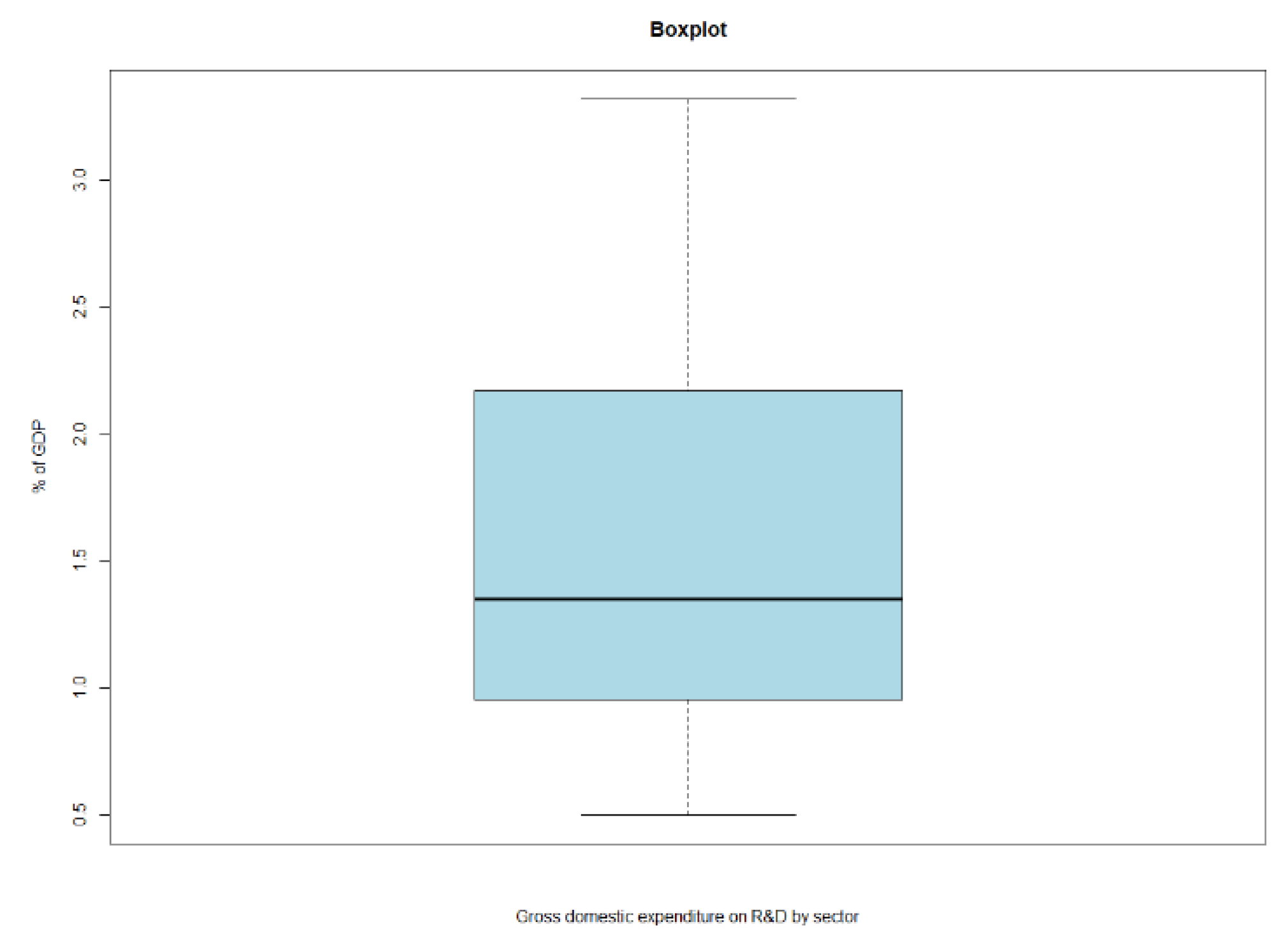


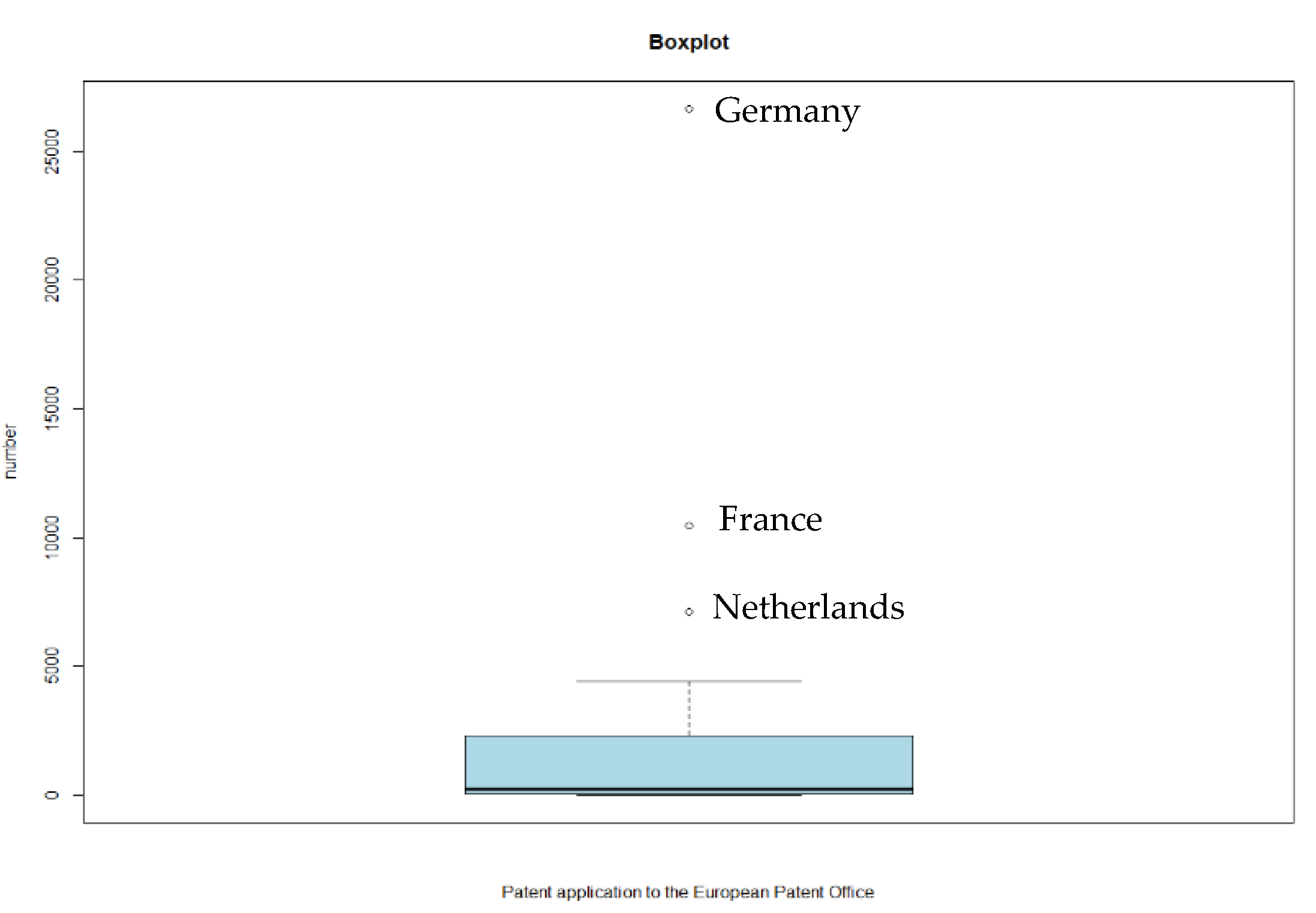

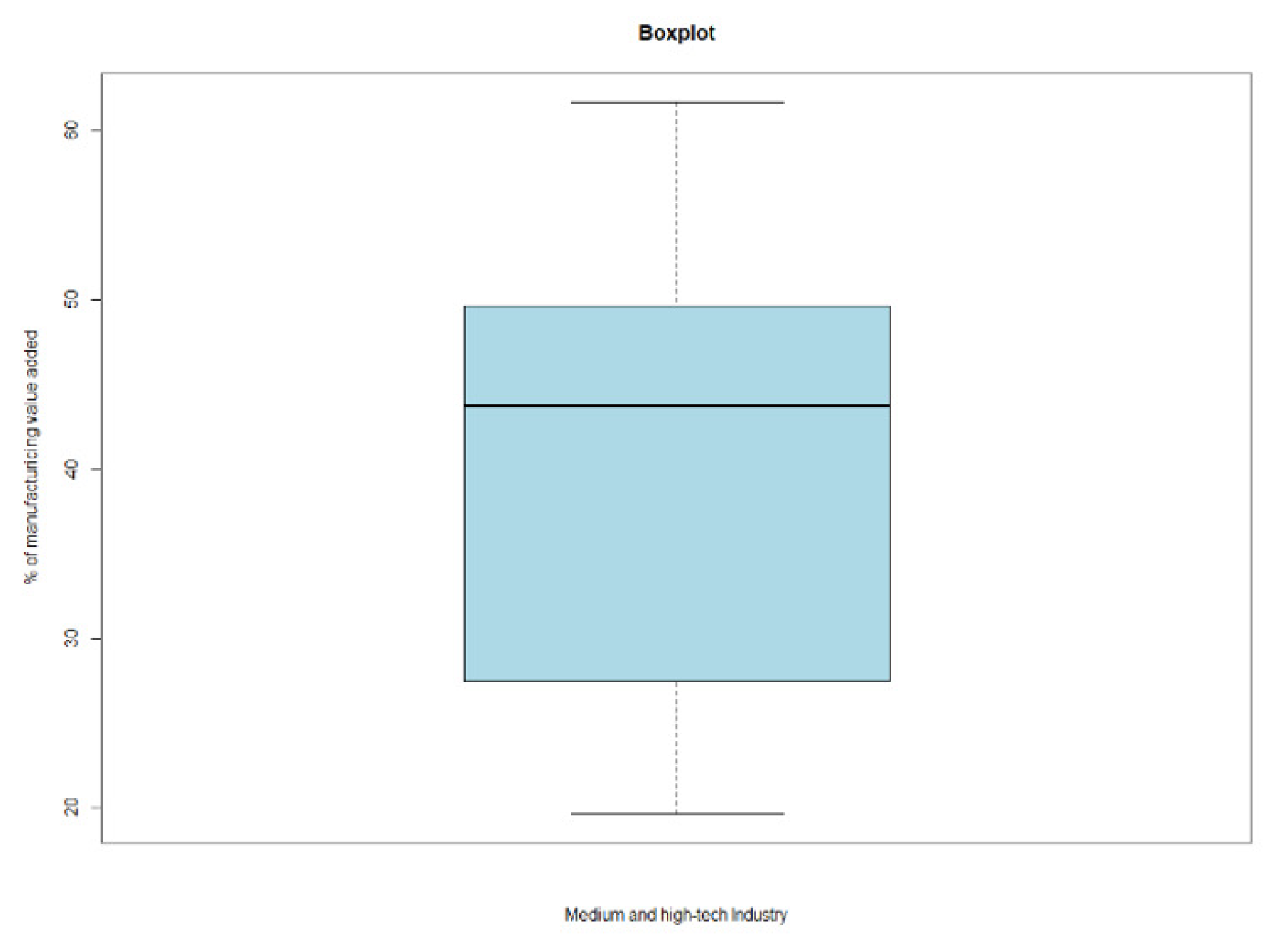

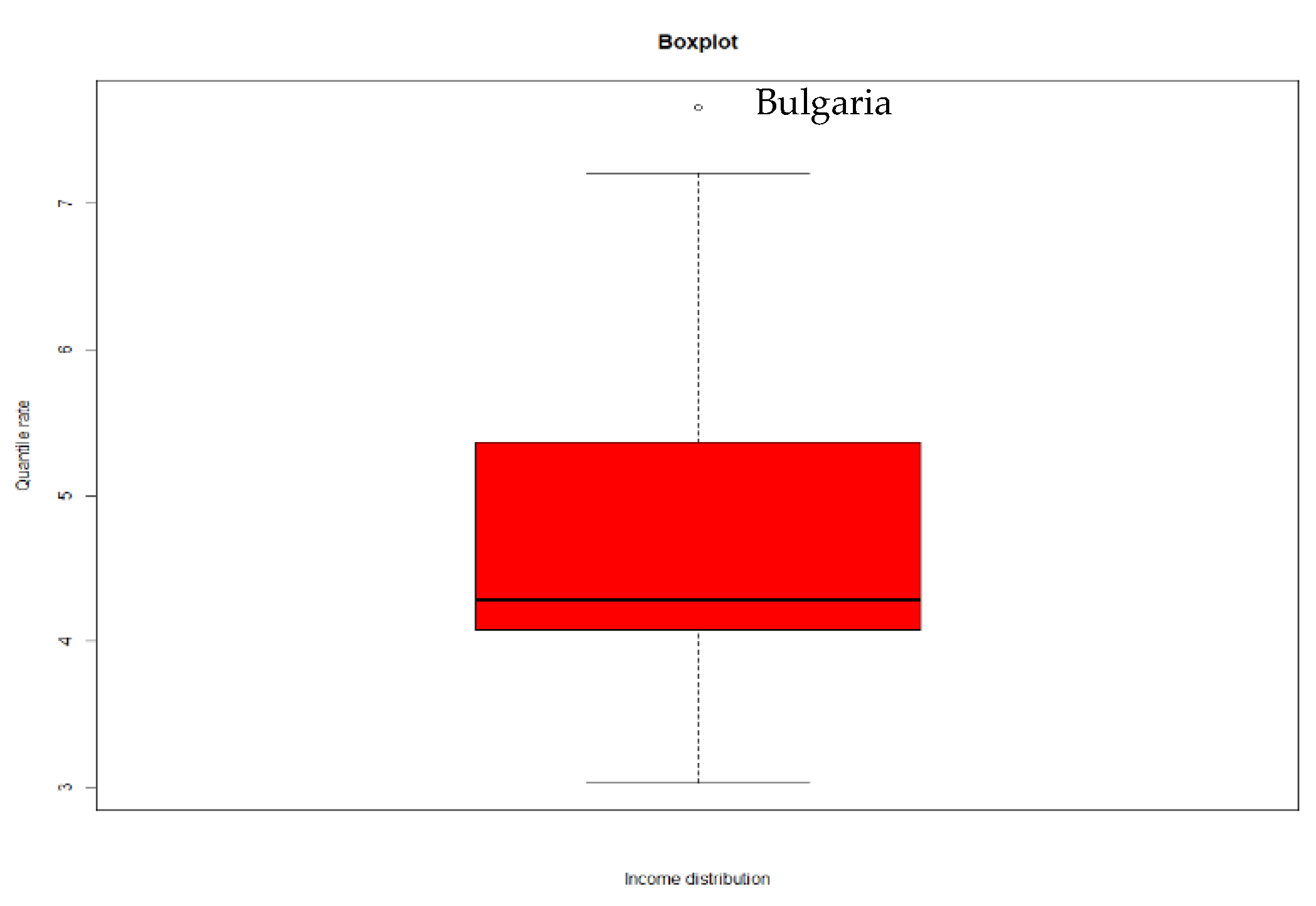
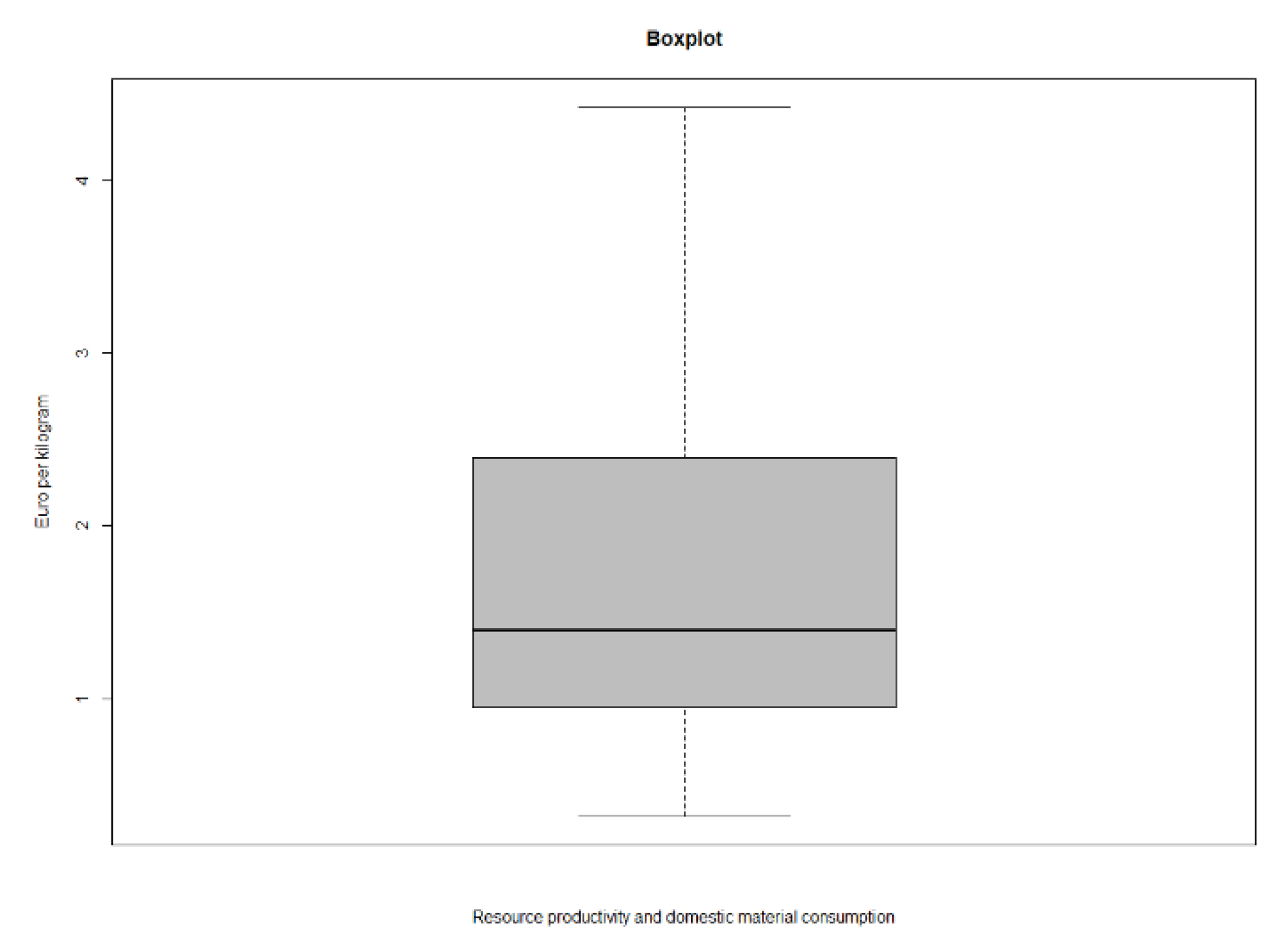

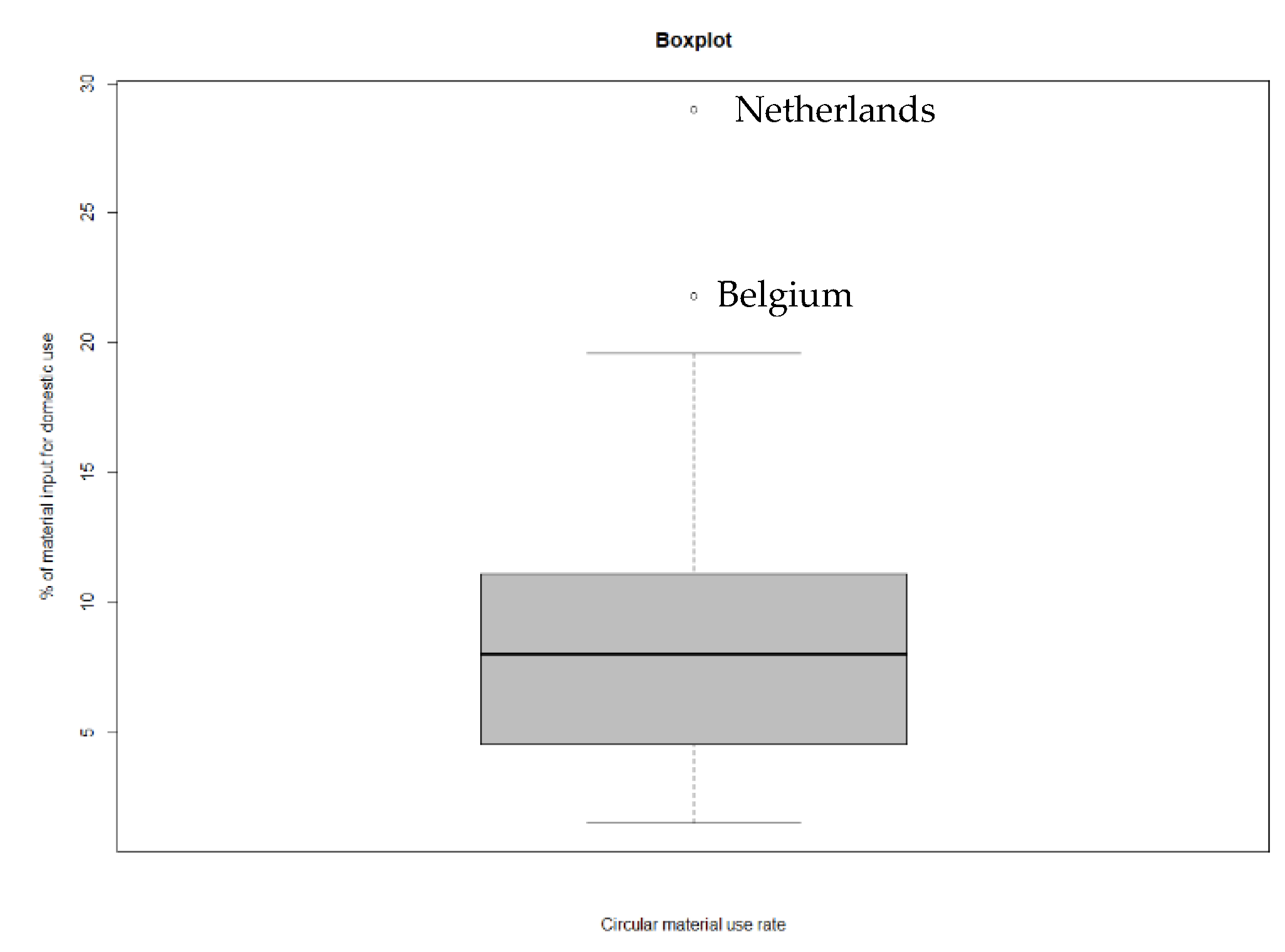
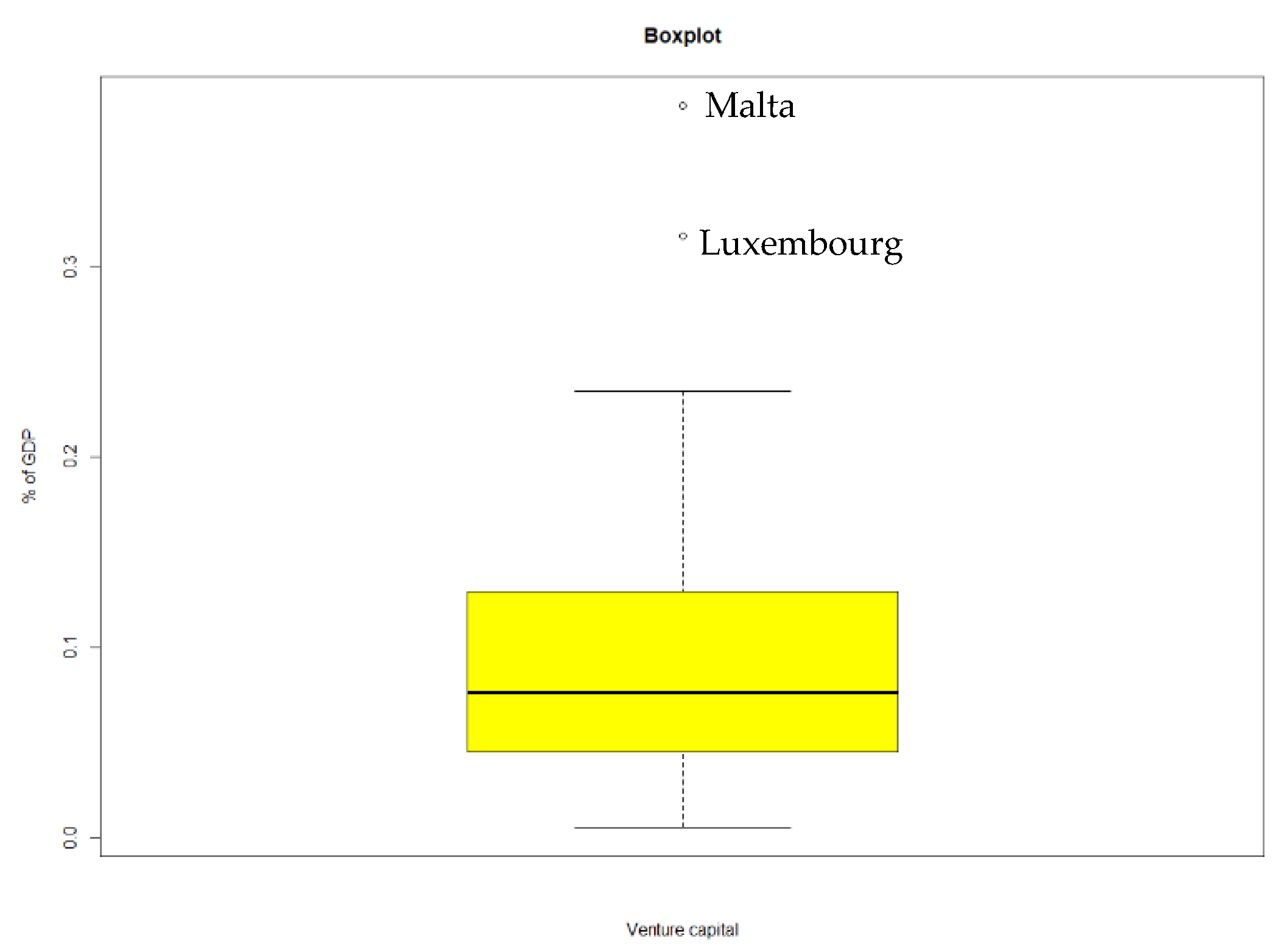


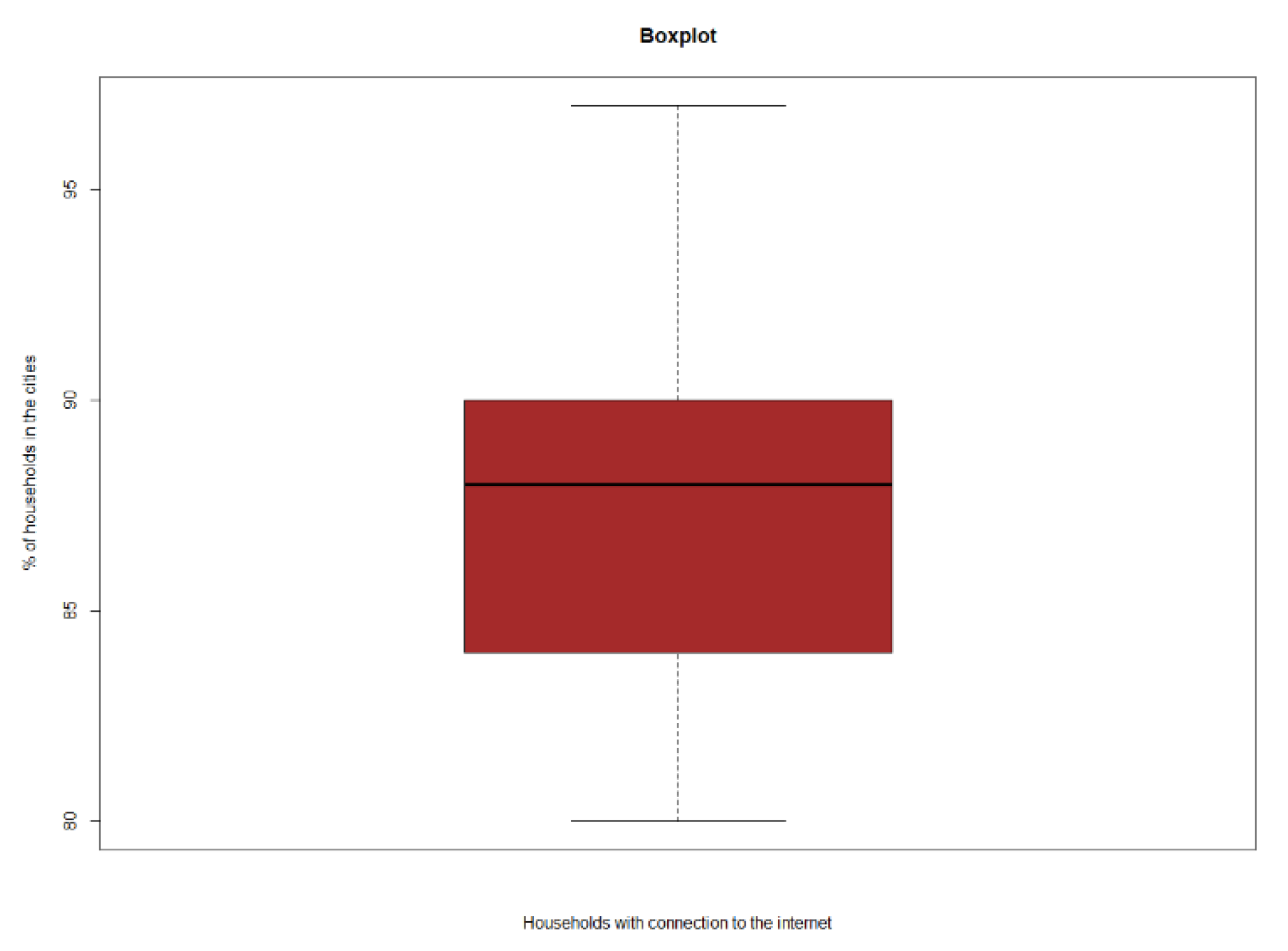
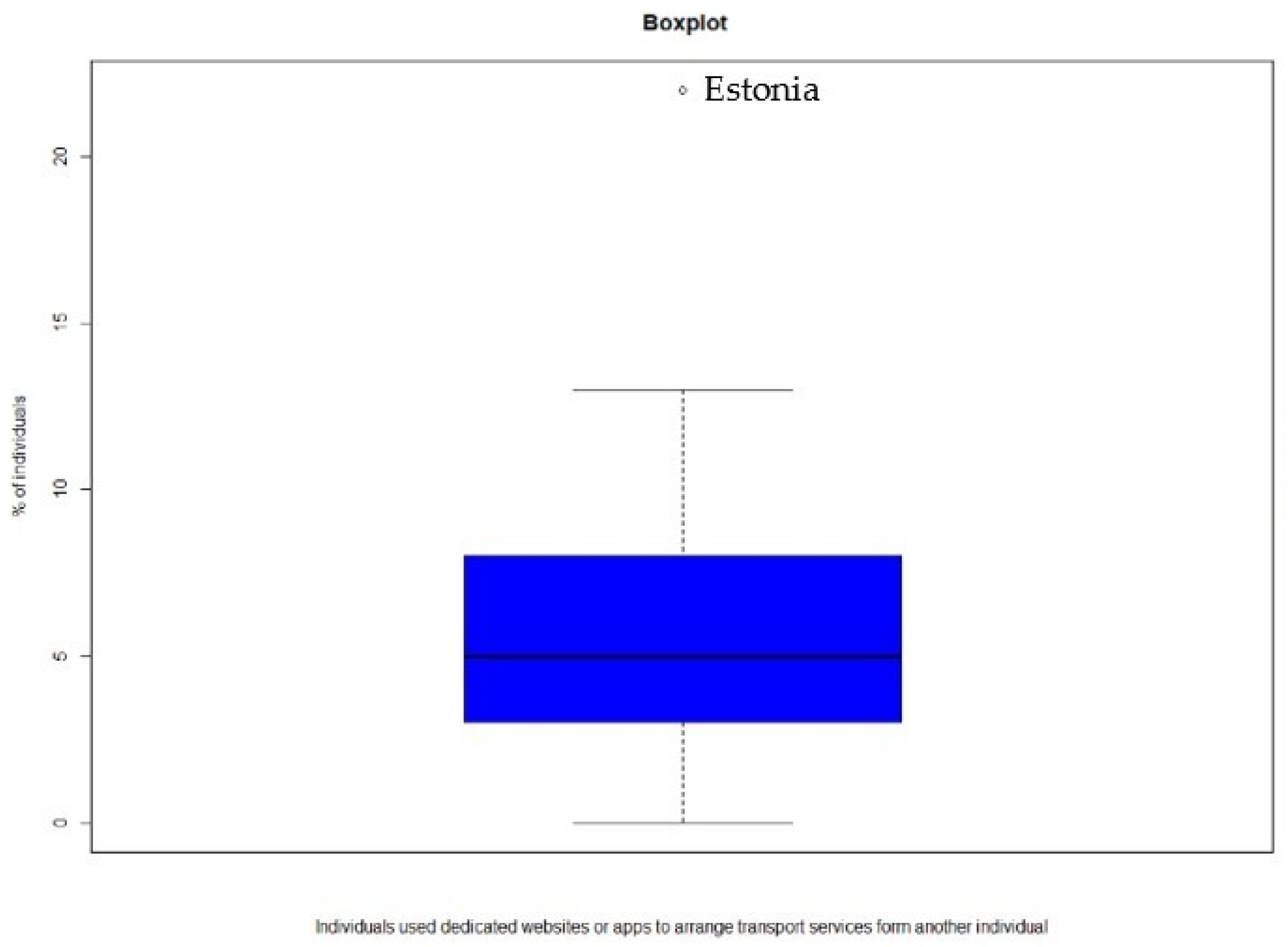
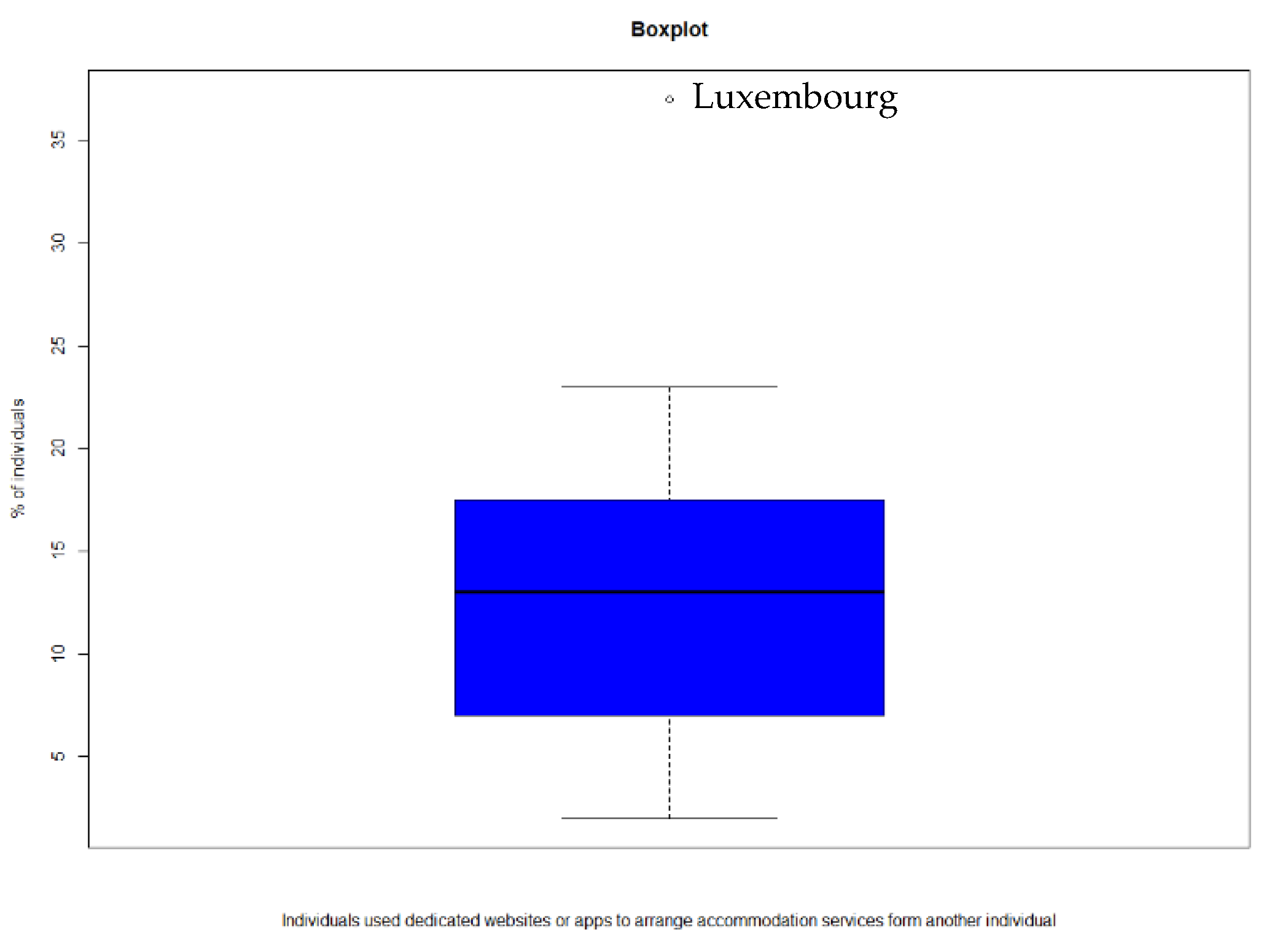
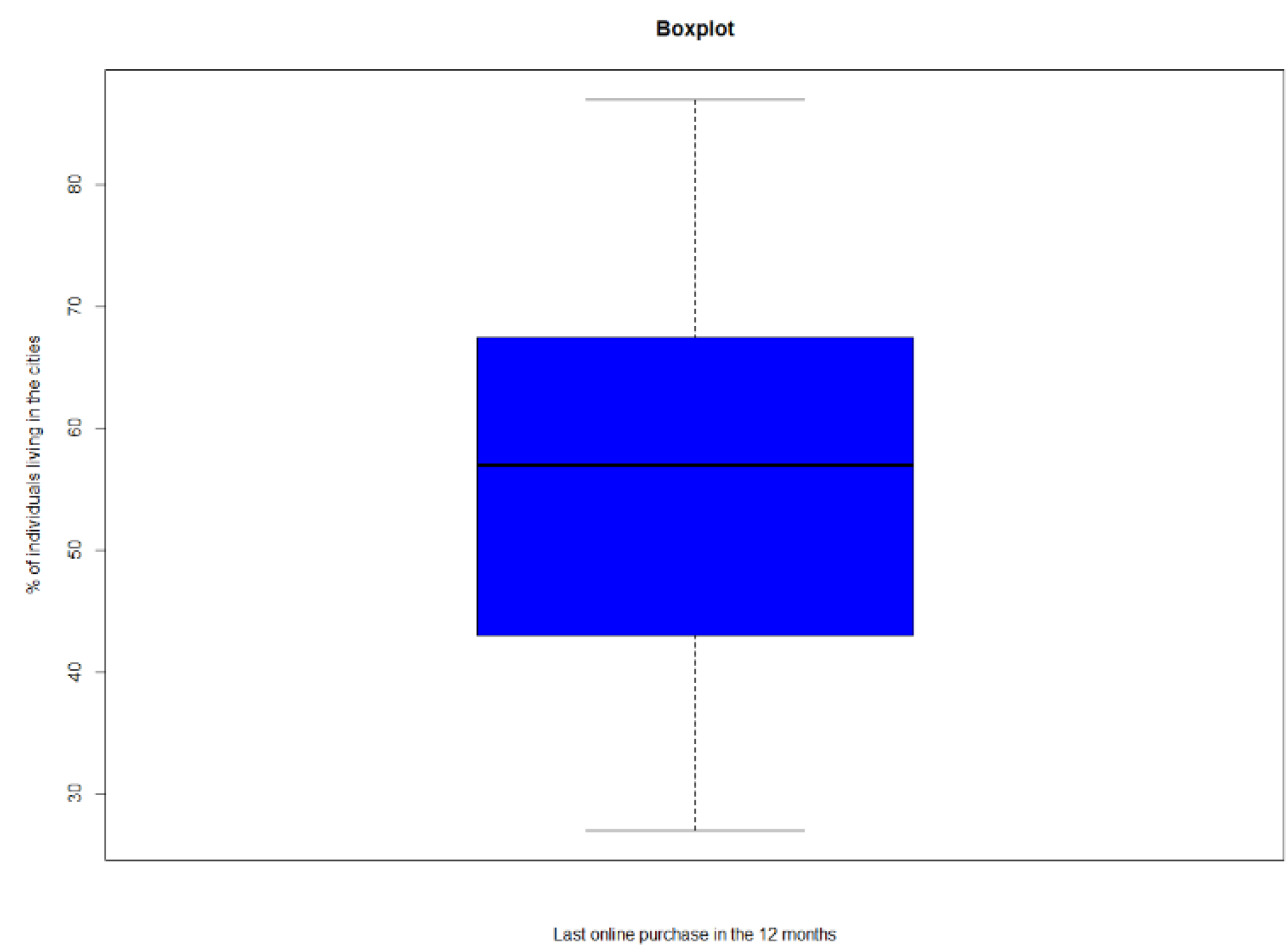

References
- Gansky, L. The Mesh: Why the Future of Business Is Sharing; Penguin Books: New York, NY, USA, 2010; p. 56. [Google Scholar]
- Botsman, R.; Rogers, R. What’s Mine is Yours: The Rise of Collaborative Consumption; HarperCollins: Great Britain, UK, 2011; pp. 123–152. [Google Scholar]
- Bardhi, F.; Eckhardt, G.M. Access-based consumption: The case of car sharing. J. Consum. Res. 2012, 39, 881–898. [Google Scholar] [CrossRef]
- Sundararajan, A. The Sharing Economy: The End of Employment and the Rise of Crowd-Based Capitalism; MIT Press: Cambridge, UK, 2016; ISBN 9780262034579. [Google Scholar]
- Aloni, E. Pluralizing the “sharing” economy. Wash. Law Rev. 2016, 91, 1397–1459. [Google Scholar]
- Barnes, S.J.; Mattsson, J. Understanding current and future issues in collaborative consumption: A four-stage Delphi study. Technol. Forecast. Soc. Chang. 2016, 104, 200–211. [Google Scholar] [CrossRef] [Green Version]
- Belk, R. You are what you can access: Sharing and collaborative consumption online. J. Bus. Res. 2014, 67, 1595–1600. [Google Scholar] [CrossRef]
- Curtis, S.K.; Mont, O. Sharing economy business models for sustainability. J. Clean. Prod. 2020, 226, 121519. [Google Scholar] [CrossRef] [PubMed]
- Leung, X.Y.; Xue, L.; Wen, H. Framing the sharing economy: Toward a sustainable ecosystem. Tour. Manag. 2019, 71, 44–53. [Google Scholar] [CrossRef]
- Laukkanen, M.; Tura, N. The potential of sharing economy business models for sustainable value creation. J. Clean. Prod. 2020, 253, 120004. [Google Scholar] [CrossRef]
- Mi, Z.; Coffman, D.M. The sharing economy promotes sustainable societies. Nat. Commun. 2019, 10, 1–3. [Google Scholar] [CrossRef] [Green Version]
- Wang, Y.; Xiang, D.; Yang, Z.; Ma, S. Unraveling customer sustainable consumption behaviors in sharing economy: A socio-economic approach based on social exchange theory. J. Clean. Prod. 2019, 208, 869–879. [Google Scholar] [CrossRef]
- Kauffman, R.J.; Naldi, M. Research directions for sharing economy issues. Electron. Commer. Res. Appl. 2020, 43, 100973. [Google Scholar] [CrossRef] [PubMed]
- Mont, O.; Palgan, Y.V.; Bradley, K.; Zvolska, L. A decade of the sharing economy: Concepts, users, business and governance perspectives. J. Clean. Prod. 2020, 269, 122215. [Google Scholar] [CrossRef] [PubMed]
- Boar, A.; Bastida, R.; Marimon, F. Systematic Literature Review. Relationships between the Sharing Economy, Sustainability and Sustainable Development Goals. Sustainability 2020, 12, 6744. [Google Scholar] [CrossRef]
- Retamal, M. Collaborative consumption practices in Southeast Asian cities: Prospects for growth and sustainability. J. Clean. Prod. 2019, 222, 143–152. [Google Scholar] [CrossRef]
- Zhang, T.C.; Gu, H.; Jahromi, M.F. What makes the sharing economy successful? An empirical examination of competitive customer value propositions. Comput. Hum. Behav. 2019, 95, 275–283. [Google Scholar] [CrossRef]
- Acquier, A.; Daudigeos, T.; Pinkse, J. Promises and paradoxes of the sharing economy: An organizing framework. Technol. Forecast. Soc. Chang. 2017, 125, 1–10. [Google Scholar] [CrossRef]
- Richardson, L. Performing the sharing economy. Geoforum 2015, 67, 121–129. [Google Scholar] [CrossRef] [Green Version]
- Buheji, M. Sharing Economy and Communities Attitudes after COVID-19 Pandemic—Review of Possible Socio-Economic Opportunities. Am. J. Econ. 2020, 10, 395–406. [Google Scholar] [CrossRef]
- Parente, R.C.; Geleilate, J.-M.G.; Rong, K. The Sharing Economy Globalization Phenomenon: A Research Agenda. J. Int. Manag. 2018, 24, 52–64. [Google Scholar] [CrossRef]
- Ferrell, O.C.; Ferrell, L.; Huggins, K. Seismic Shifts in the Sharing Economy: Shaking Up Marketing Channels and Supply Chains. J. Mark. Channels 2017, 24, 3–12. [Google Scholar] [CrossRef]
- Finck, M.; Ranchordas, S. Sharing and the City. Vand. J. Transnatl. Law 2016, 49, 1299. [Google Scholar] [CrossRef] [Green Version]
- Frenken, K.; Schor, J. Putting the sharing economy into perspective. Environ. Innov. Soc. Transit. 2017, 23, 3–10. [Google Scholar] [CrossRef]
- Hossain, M. Sharing economy: A comprehensive literature review. Int. J. Hosp. Manag. 2020, 87, 102470. [Google Scholar] [CrossRef]
- Muñoz, P.; Cohen, B. Mapping out the sharing economy: A configurational approach to sharing business modeling. Technol. Forecast. Soc. Chang. 2017, 125, 21–37. [Google Scholar] [CrossRef] [Green Version]
- Ritter, M.; Schanz, H. The sharing economy: A comprehensive business model framework. J. Clean. Prod. 2019, 213, 320–331. [Google Scholar] [CrossRef]
- Curtis, S.K.; Lehner, M. Defining the Sharing Economy for Sustainability. Sustainability 2019, 11, 567. [Google Scholar] [CrossRef] [Green Version]
- Frenken, K. Sustainability perspectives on the sharing economy. Environ. Innov. Soc. Transit. 2017, 23, 1–2. [Google Scholar] [CrossRef]
- Geissinger, A.; Laurell, C.; Oberg, C.; Sandstr, C. How sustainable is the sharing economy? On the sustainability connotations of sharing economy platforms. J. Clean. Prod. 2019, 206, 419–429. [Google Scholar] [CrossRef]
- Transforming Our World: The 2030 Agenda for Sustainable Development. In Proceedings of the United Nations General Assembly, New York, NY, USA, 25 September 2015.
- Rockström, J.; Pavan, S. Stockholm Resilience Centre. SDG by Dimensions. 2017. Available online: https://www.stockholmresilience.org/research/research-news/2016-06-14-how-food-connects-all-the-sdgs.html (accessed on 6 December 2020).
- Sustainable Development in the European Union. Monitoring Report on Progress towards the SDGs in an EU Context, 2020th ed.; Publications Office of the European Union: Luxembourg, 2020; ISBN 978-92-76-17443-1. [Google Scholar]
- Juliet, S. Debating the Sharing Economy. J. Self-Gov. Manag. Econ. 2016, 4, 7–22. [Google Scholar]
- Rosati, F.; Faria, L.G. Addressing the SDGs in sustainability reports: The relationship with institutional factors. J. Clean. Prod. 2019, 2015, 1312–1326. [Google Scholar] [CrossRef]
- Murthy, V.S.V.S.; Vamsidhar, E.; Swarup Kumar, J.N.V.R.; Rao, P.S. Content based image retrieval using Hierarchical and K-means clustering techniques. Int. J. Eng. Sci. Technol. 2010, 2, 209–212. [Google Scholar]
- Mohamad, I.B.; Usman, D. Standardization and Its Effects on K-Means Clustering Algorithm. Res. J. Appl. Sci. Eng. Technol. 2013, 6, 3299–3303. [Google Scholar] [CrossRef]
- Boehmke, B.; Greenwell, B. Hands-On Machine Learning with R; Taylor & Francis Group, LLC: Boca Raton, FL, USA, 2019; ISBN 9780367816377. [Google Scholar] [CrossRef]
- Ward, J.H. Hierarchical Grouping to Optimize an Objective Function. J. Am. Stat. Assoc. 1963, 58, 236. [Google Scholar] [CrossRef]
- Ramos, É.M.S.; Bergstad, C.J.; Chicco, A.; Diana, M. Mobility styles and car sharing use in Europe: Attitudes, behaviours, motives and sustainability. Eur. Transp. Res. Rev. 2020, 12, 1–12. [Google Scholar] [CrossRef] [Green Version]
- Syakur, M.A.; Khotimah, B.K.; Rochman, E.M.S.; Satoto, B.D. Integration K-Means Clustering Method and Elbow Method for Identification of the Best Customer Profile Cluster. In Proceedings of the 2nd International Conference on Vocational Education and Electrical Engineering (ICVEE), Surabaya, Indonesia, 9 November 2017; IOP Conference Series: Materials Science and Engineering: Bristol, UK; Volume 336. [Google Scholar]
- Lanamäki, A.; Tuvikene, T. Framing digital future: Selective formalization and legitimation of ridehailing platforms in Estonia. Geogorum 2021, in press. [Google Scholar] [CrossRef]
- Doing Business Measuring. Business Regulations. Available online: https://www.doingbusiness.org/en/data/exploretopics/entrepreneurship (accessed on 15 May 2021).
- Giesel, F.; Nobis, C. The Impact of Carsharing on Car Ownership in German Cities. Transp. Res. Procedia 2016, 19, 215–224. [Google Scholar] [CrossRef] [Green Version]
- Pisani, M. New Age Informality: Hispanics and the Sharing Economy. Adm. Sci. 2021, 11, 23. [Google Scholar] [CrossRef]
- Juliet, S. After the Gig; University of California Press: Oakland, CA, USA, 2020; ISBN 9780520325050. [Google Scholar]
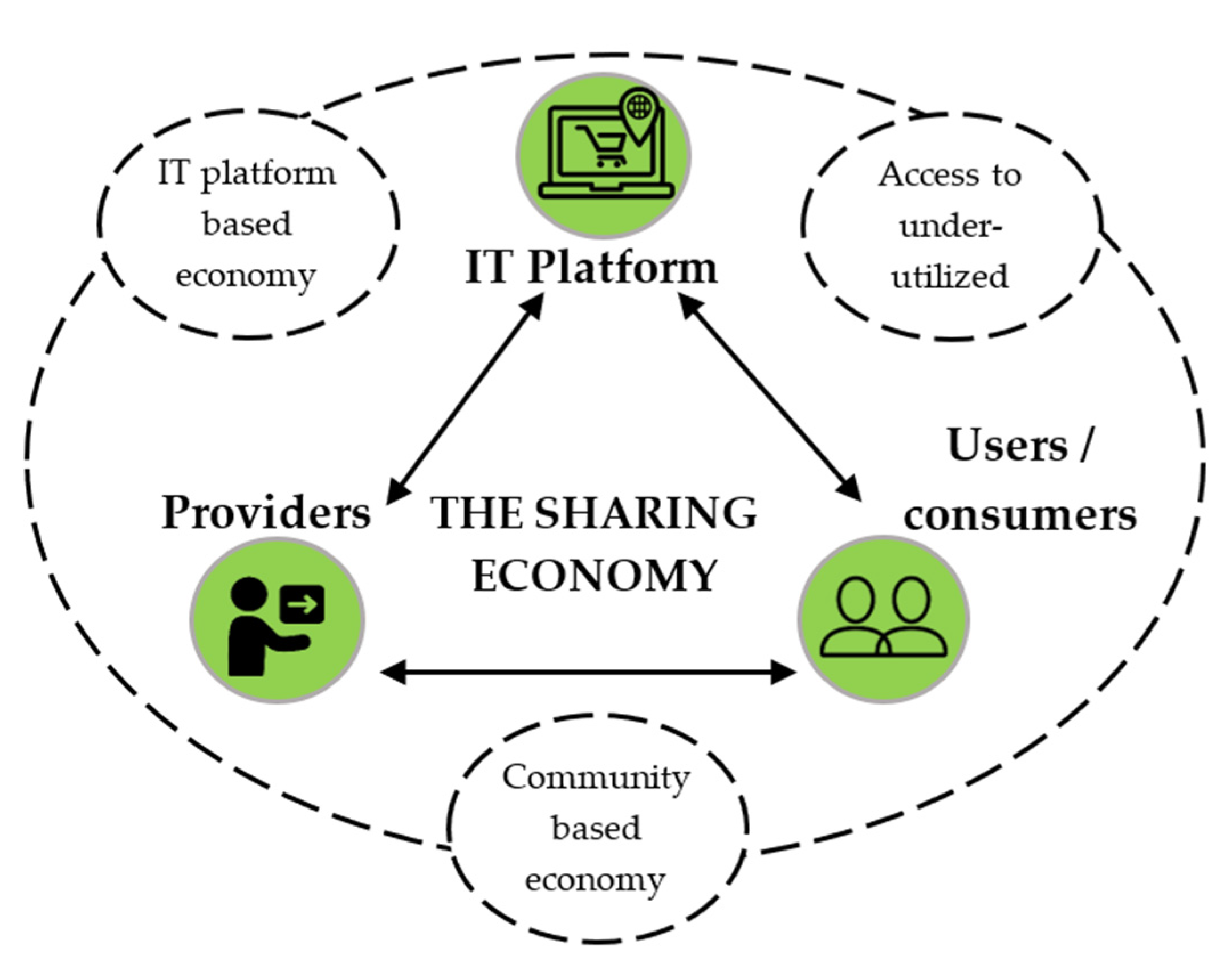

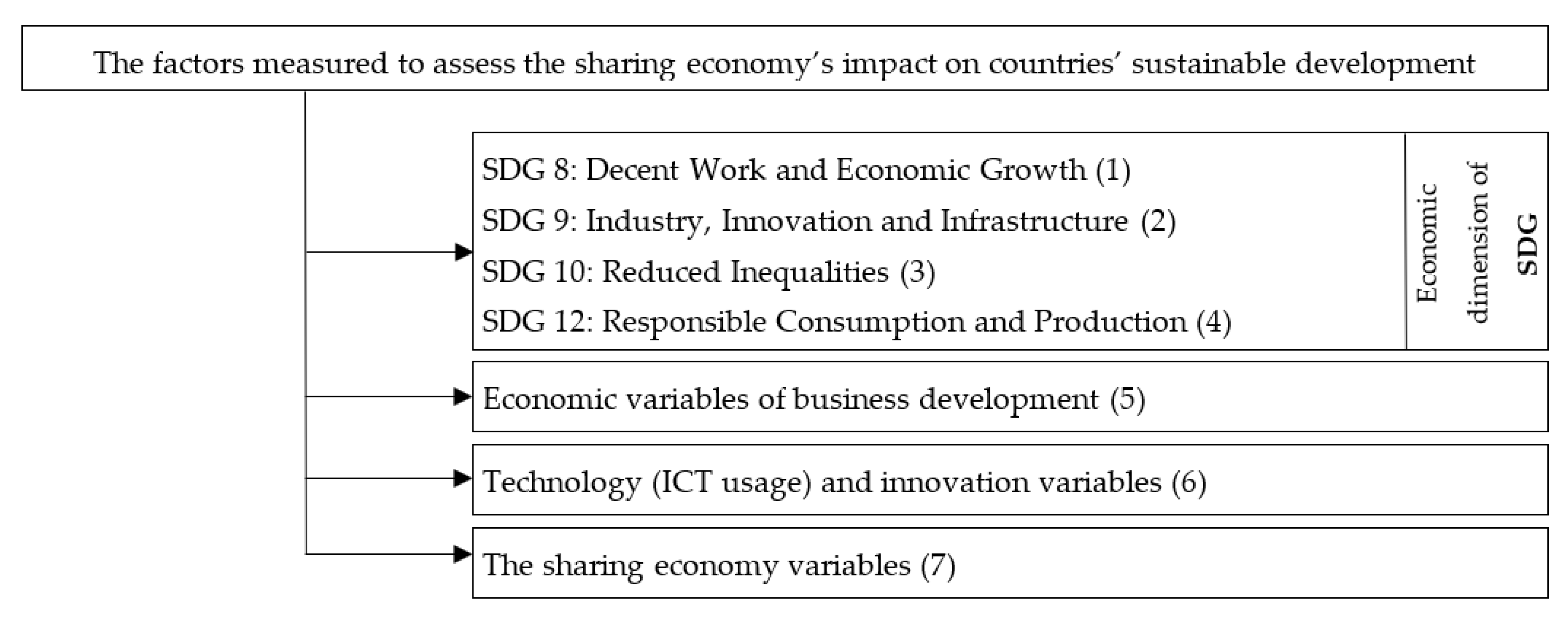

| Code of the Variable | Main Factors and Variables | Data Source |
|---|---|---|
| SDGs in the Economic Dimension | ||
| SDG 8:Decent Work and Economic Growth (1) | ||
| SDG_08_10 | The ratio of real GDP to the average population of a specific year (euro per capita) | Eurostat |
| SDG_08_11 | The investment share of GDP (% of GDP) | Eurostat |
| SDG_08_20 | Young people neither in employment nor in education and training (NEET) (total men and women) (% of population aged 15–29) | Eurostat |
| SDG_08_30 | The employment rate (% of population aged 20 to 64) | Eurostat |
| SDG 9:Industry, Innovation and Infrastructure (2) | ||
| SDG_09_10 | Gross domestic expenditure on R&D by sector (% of GDP) | Eurostat |
| SDG_09_21 | Human resources in science and technology (% of active population aged 25–64) | Eurostat |
| SDG_09_30 | R&D personnel (in all sectors) (% of active population) | Eurostat |
| SDG_09_40 | Patent applications to the European Patent Office (number) | Eurostat |
| SDG_09_50 | Share of buses and trains in total passenger transport (% of total inland passenger-km) | Eurostat |
| Medium&HT_ind | Medium- and high-tech industry (including construction) (% manufacturing value added) | The World Bank |
| SDG 10:Reduced Inequalities (3) | ||
| SDG_10_10 | Purchasing power adjusted GDP per capita (real expenditure per capita) | Eurostat |
| SDG_10_41 | Income distribution (quintile share ratio) | Eurostat |
| SDG 12:Responsible Consumption and Production (4) | ||
| SDG_12_20 | Resource productivity and domestic material consumption (DMC) (euro per kilogram) | Eurostat |
| SDG_12_30 | Average CO2 emissions per km from new passenger cars (g CO2 per km) | Eurostat |
| SDG_12_41 | Circular material use rate (% of material input for domestic use) | Eurostat |
| Economic variables of business development (5) | ||
| New_business | New business density (new registrations per 1000 people ages 15–64) | The World Bank |
| Venture_cap | Venture capital (% of GDP) | European Innovation Scoreboard |
| Technology (ICT usage) and innovation variables (6) | ||
| Enterpr_with_internet | Enterprises with internet access (% of enterprises) | Eurostat |
| Household_with_internet | Households with connection to the internet (% of households in the cities) | Eurostat |
| Inno_index | Country’s innovation index (index) | European Innovation Scoreboard |
| The sharing economy variables (7) | ||
| Collab_econ_transport | Individuals used dedicated websites or apps to arrange a transport service from another individual (% of individuals) | Eurostat |
| Collab_econ_accomod | Individuals used dedicated websites or apps to arrange accommodation from another individual (% of individuals) | Eurostat |
| Last_online_purchase | Last online purchase: in the last 12 months (% of individuals living in the cities) | Eurostat |
| Selling_goods_or_serv | Internet use: selling goods or services (% of individuals living in the cities) | Eurostat |
| Variables | Mean | Std. Dev. | Min | Max |
|---|---|---|---|---|
| SDGs in the Economic Dimension Aspect | ||||
| SDG 8:Decent Work and Economic Growth (1) | ||||
| The ratio of real GDP to the average population of a specific year (euro per capita) | 27,161.11 | 17,427.91 | 6550.00 | 83,470.00 |
| The investment share of GDP (% of GDP) | 21.09 | 3.56 | 10.84 | 28.35 |
| Young people neither in employment nor in education and training (NEET) (total men and women) (% of population aged 15–29) | 12.02 | 4.24 | 5.70 | 23.40 |
| The employment rate (% of population aged 20–64) | 73.66 | 5.40 | 59.50 | 82.40 |
| SDG 9:Industry, Innovation and Infrastructure (2) | ||||
| Gross domestic expenditure on R&D by sector (% of GDP) | 1.62 | 0.88 | 0.50 | 3.32 |
| Human resources in science and technology (% of act. pop. aged 25–64) | 47.14 | 8.78 | 27.90 | 61.20 |
| R&D personnel (in all sectors) (% of active population) | 1.25 | 0.51 | 0.36 | 2.23 |
| Patent applications to the European Patent Office (number) | 2451.15 | 5438.41 | 13.00 | 26,663.00 |
| Share of buses and trains in total passenger transport (% of total inland passenger-km) | 17.91 | 4.40 | 9.60 | 29.40 |
| Medium- and high-tech industry (including construction) (% manufacturing value added) | 40.35 | 12.57 | 19.65 | 61.70 |
| SDG 10:Reduced Inequalities (3) | ||||
| Purchasing power adjusted GDP per capita (real expenditure per capita) | 30,722.22 | 13,139.53 | 15,500.00 | 79,000.00 |
| Income distribution (quintile share ratio) | 4.85 | 1.25 | 3.03 | 7.66 |
| SDG 12:Responsible Consumption and Production (4) | ||||
| Resource productivity and domestic material consumption (DMC) (€/kg) | 1.71 | 1.07 | 0.32 | 4.42 |
| Average CO2 emissions per km from new passenger cars (g CO2 per km) | 120.30 | 8.32 | 105.50 | 132.50 |
| Circular material use rate (% of material input for domestic use) | 9.00 | 6.74 | 1.50 | 29.00 |
| Economic variables of business development (5) | ||||
| New business density (new registrations per 1000 people ages 15–64) | 7.03 | 5.77 | 0.65 | 23.59 |
| Venture capital (% of GDP) | 0.11 | 0.09 | 0.01 | 0.38 |
| Technology (ICT usage) and innovation (6) | ||||
| Enterprises with internet access (% of enterprises) | 97.07 | 3.80 | 86.00 | 100.00 |
| Households with connection to the internet (% of households in the cities) | 87.81 | 4.48 | 80.00 | 97.00 |
| Country’s innovation index (index) | 98.22 | 32.01 | 32.89 | 150.50 |
| The sharing economy variables (7) | ||||
| Individuals used dedicated websites or apps to arrange a transport service from another individual (% of individuals) | 6.33 | 4.92 | 0.00 | 22.00 |
| Individuals used dedicated websites or apps to arrange accommodation from another individual (% of individuals) | 12.81 | 7.71 | 2.00 | 37.00 |
| Last online purchase: in the last 12 months (% of individuals living in the cities) | 57.37 | 16.95 | 27.00 | 87.00 |
| Internet use: selling goods or services (% of individuals living in the cities) | 17.04 | 10.04 | 1.00 | 35.00 |
| Cluster Analysis |
|---|
| Hierarchical cluster analysis → Ward’s method → K-means cluster analysis → Model-based clustering → Optimal cluster number based on Elbow and Silhouette methods → K-means cluster centroid analysis |
| Main Factors and Variables | Clust. 1 | Clust. 2 | Clust. 3 |
|---|---|---|---|
| SDG 8:Decent Work and Economic Growth (1) | |||
| The ratio of real GDP to the average population of a specific year (euro per capita) | 0.80 | 0.74 | −0.63 |
| The investment share of GDP (% of GDP) | 0.69 | −0.28 | −0.36 |
| Young people neither in employment nor in education and training (NEET), (total men and women) (% of population aged 15–29) | −0.59 | −0.75 | 0.50 |
| The employment rate (% of population aged 20–64) | 0.49 | 0.38 | −0.37 |
| SDG 9:Industry, Innovation and Infrastructure (2) | |||
| Gross domestic expenditure on R&D by sector (% of GDP) | 1.13 | −0.64 | −0.55 |
| Human resources in science and technology (% of active population aged 25–64) | 0.91 | 0.68 | −0.68 |
| R&D personnel (in all sectors) (% of active population) | 1.04 | −0.22 | −0.58 |
| Patent applications to the European Patent Office (number) | 0.73 | −0.42 | −0.36 |
| Share of buses and trains in total passenger transport (% of total inland passenger-km) | −0.13 | 0.02 | 0.07 |
| Medium and high-tech industry (including construction) (% manufacturing value added) | 0.81 | −1.00 | −0.29 |
| SDG 10:Reduced Inequalities (3) | |||
| Purchasing power adjusted GDP per capita (real expenditure per capita) | 0.61 | 1.05 | −0.58 |
| Income distribution (quintile share ratio) | −0.57 | −0.01 | 0.34 |
| SDG 12:Responsible Consumption and Production (4) | |||
| Resource productivity and domestic material consumption (DMC) (euro per kilogram) | 0.67 | 0.20 | −0.44 |
| Average CO2 emissions per km from new passenger cars (g CO2 per km) | −0.42 | 0.36 | 0.18 |
| Circular material use rate (% of material input for domestic use) | 0.58 | 0.28 | −0.40 |
| Economic variables of business development (5) | |||
| New business density (new registrations per 1000 people ages 15–64) | −0.30 | 2.15 | −0.25 |
| Venture capital (% of GDP) | 0.22 | 1.80 | −0.49 |
| Technology (ICT usage) and innovation (6) | |||
| Enterprises with internet access (% of enterprises) | 0.56 | 0.33 | −0.41 |
| Households with connection to the internet (% of households in the cities) | 0.69 | 0.41 | −0.49 |
| Country’s innovation index (index) | 1.10 | 0.31 | −0.72 |
| The sharing economy variables (7) | |||
| Individuals used dedicated websites or apps to arrange a transport service from another individual (% of individuals) | −0.05 | 1.90 | −0.35 |
| Individuals used dedicated websites or apps to arrange accommodation from another individual (% of individuals) | 0.37 | 1.58 | −0.54 |
| Last online purchase: in the last 12 months (% of individuals living in the cities) | 0.90 | 0.55 | −0.65 |
| Internet use: selling goods or services (% of individuals living in the cities) | 0.85 | 0.66 | −0.64 |
| Factors | Cluster 1 | Cluster 2 | Cluster 3 |
|---|---|---|---|
| SDG 8: Decent Work and Economic Growth (1) | 0.35 | 0.02 | −0.21 |
| SDG 9: Industry, Innovation and Infrastructure (2) | 0.75 | −0.26 | −0.40 |
| SDG 10: Reduced Inequalities (3) | 0.02 | 0.52 | −0.12 |
| SDG 12: Responsible Consumption and Production (4) | 0.28 | 0.28 | −0.22 |
| Economic variables of business development (5) | −0.04 | 1.97 | −0.37 |
| Technology (ICT usage) and innovation (6) | 0.79 | 0.35 | −0.54 |
| The sharing economy variables (7) | 0.52 | 1.17 | −0.55 |
Publisher’s Note: MDPI stays neutral with regard to jurisdictional claims in published maps and institutional affiliations. |
© 2021 by the authors. Licensee MDPI, Basel, Switzerland. This article is an open access article distributed under the terms and conditions of the Creative Commons Attribution (CC BY) license (https://creativecommons.org/licenses/by/4.0/).
Share and Cite
Karobliene, V.; Pilinkiene, V. The Sharing Economy in the Framework of Sustainable Development Goals: Case of European Union Countries. Sustainability 2021, 13, 8312. https://doi.org/10.3390/su13158312
Karobliene V, Pilinkiene V. The Sharing Economy in the Framework of Sustainable Development Goals: Case of European Union Countries. Sustainability. 2021; 13(15):8312. https://doi.org/10.3390/su13158312
Chicago/Turabian StyleKarobliene, Vilma, and Vaida Pilinkiene. 2021. "The Sharing Economy in the Framework of Sustainable Development Goals: Case of European Union Countries" Sustainability 13, no. 15: 8312. https://doi.org/10.3390/su13158312
APA StyleKarobliene, V., & Pilinkiene, V. (2021). The Sharing Economy in the Framework of Sustainable Development Goals: Case of European Union Countries. Sustainability, 13(15), 8312. https://doi.org/10.3390/su13158312






